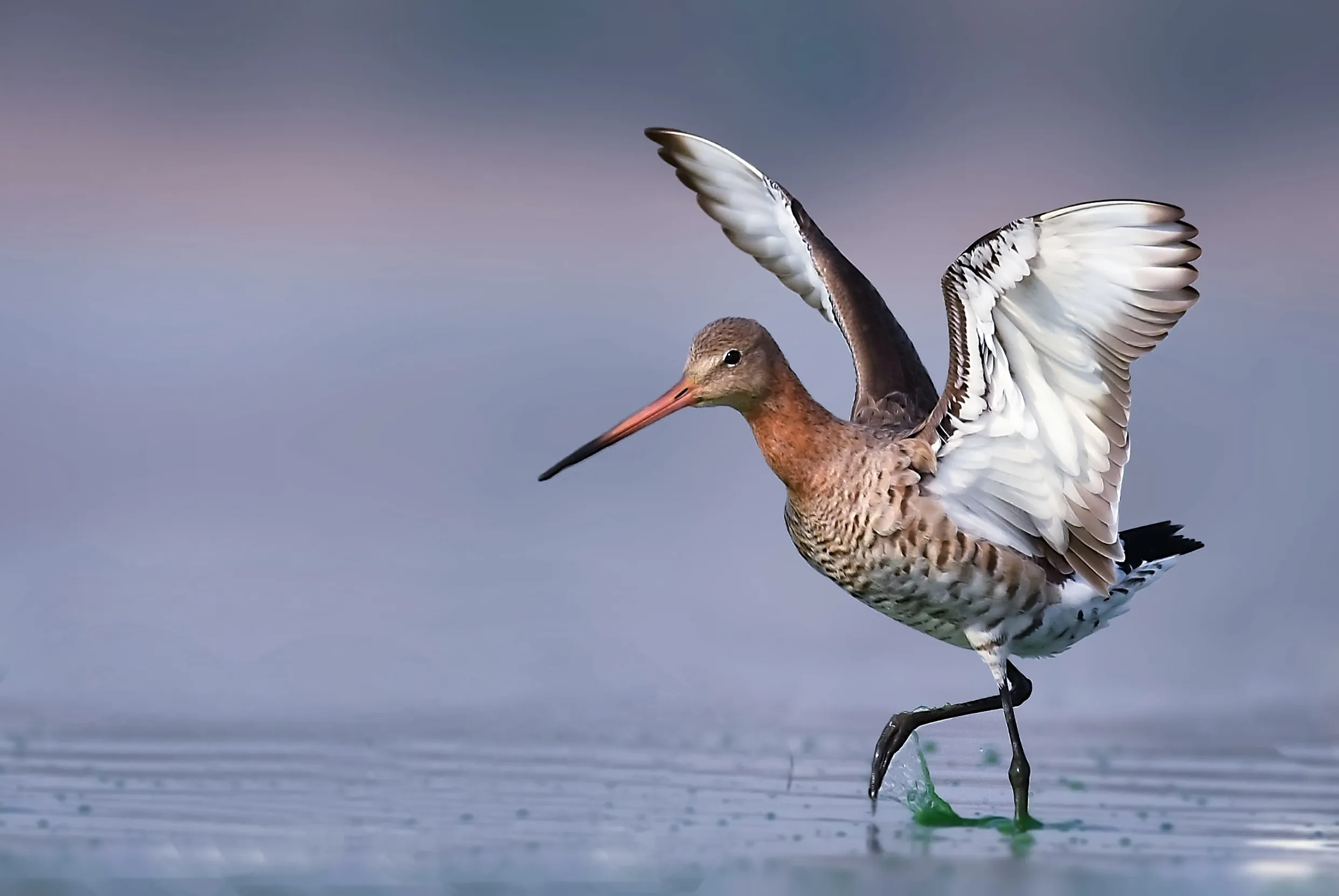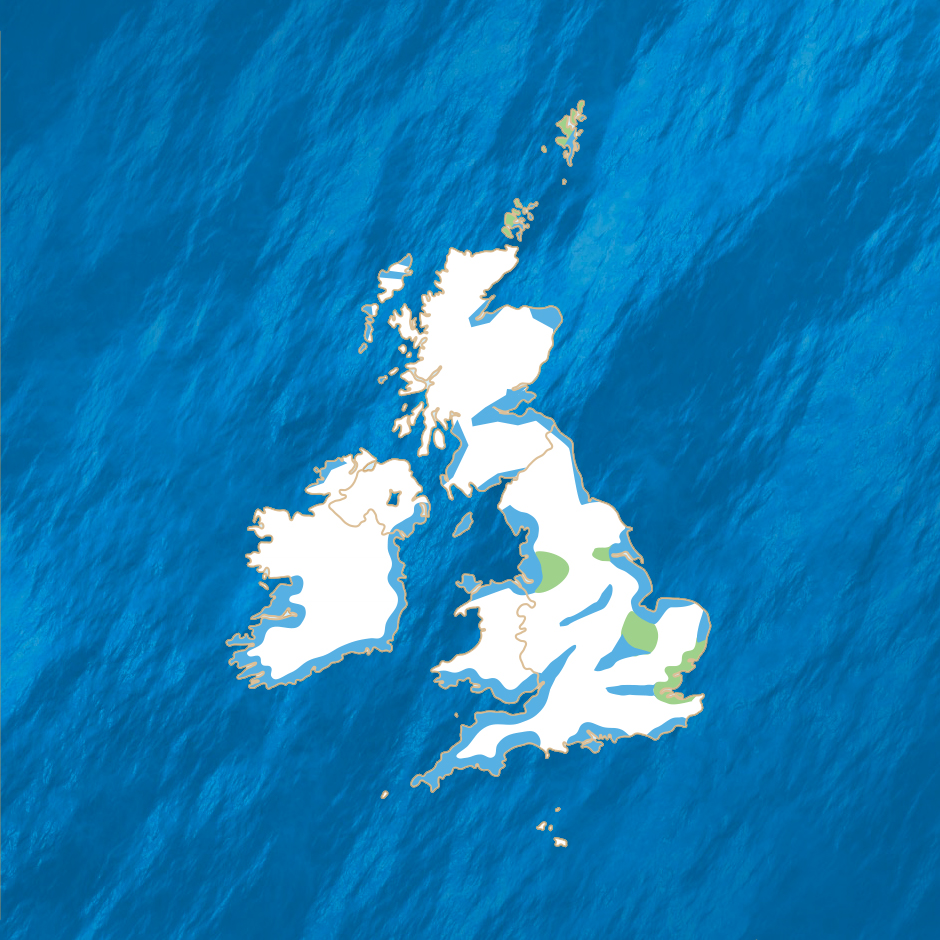How to identify
These large wading birds are a Schedule 1 species, giving them full protection from disturbance. In summer, they have bright orangey-brown chests and bellies, while in winter they're more greyish-brown.
Their most distinctive features are their long beaks and legs, and the black and white stripes on their wings. Female Black-tailed Godwits are bigger and heavier than the males, with a noticeably longer beak (which helps the sexes to avoid competing with each other for food).
They're very similar to Bar-tailed Godwits, which breed in the Arctic. However, Black-tailed Godwits have longer legs, and Bar-tailed Godwits don't have striped wings. As the names suggest, the tail patterns are different, too.Key
- Resident
- Passage
- Summer
- Winter
* This map is intended as a guide. It shows general distribution rather than detailed, localised populations. - Jan
- Feb
- Mar
- Apr
- May
- Jun
- Jul
- Aug
- Sep
- Oct
- Nov
- Dec

